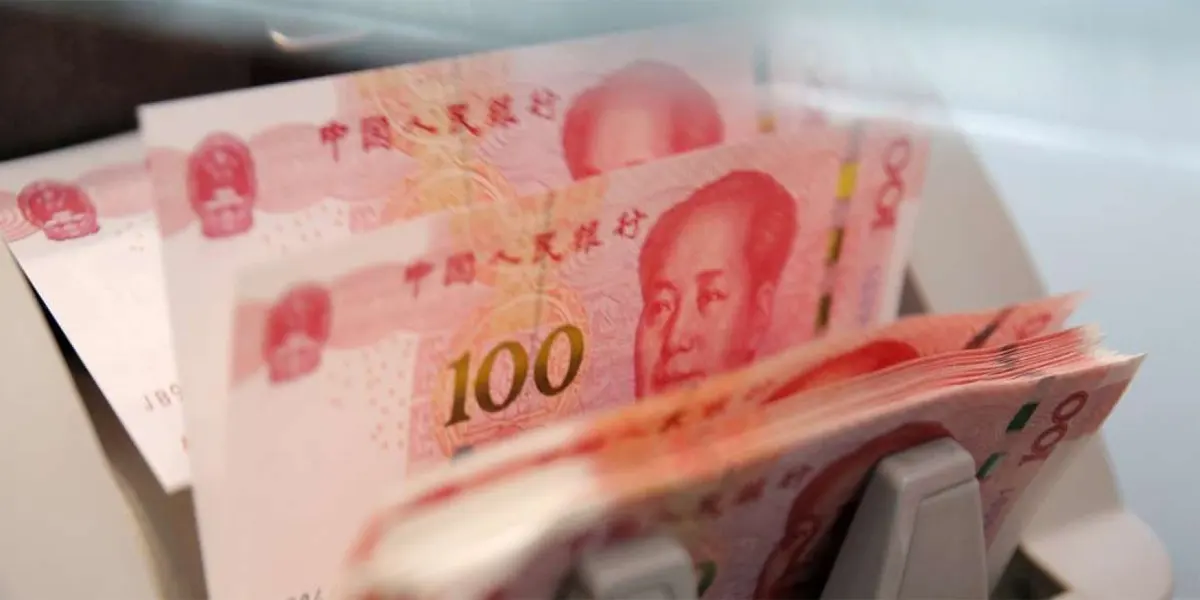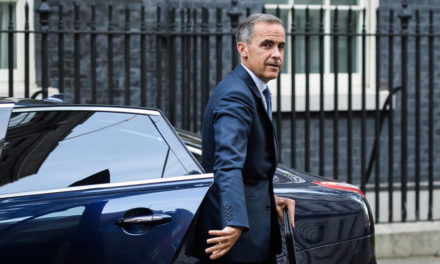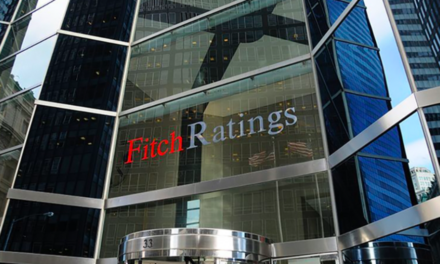For the first time since July of this year, the yuan went over its daily reference exchange rate. The Chinese currency was up by 0.4% in terms of offshore and overseas trading, appreciating beyond the fixed daily currency rate set by the People’s Bank of China (PBOC.)
As of Tuesday, November 21st, the PBOC raised the fixed rate by 0.4%, the highest in four months, settling it at 7.1406. This adjustment appears to be the main catalyst for the yuan’s upward trajectory.
It should be noted that the PBOC has used the daily yuan reference rate as its chief instrument for keeping the currency in check over much of this year. Indeed, as recently as October, officials have tried to keep the rate unchanged as much as possible.
Based on this government mandate, the yuan is only allowed to trade in the domestic market, at the most, 2% above or below this prescribed rate.
Trying to Stay in Control
For much of 2023, the yuan has been one of Asia’s worst-performing currencies despite Beijing’s implementation of policies meant to halt its decline in the wake of its economy’s somewhat shaky post-pandemic recovery.
This month, however, some of the pressure has eased off, mostly due to the weakening of the US dollar in light of interest rates hitting new peaks, as well as warmer relations between the two countries. Some experts have gone so far as to predict that such thawing of ties could lead to the yuan moving past the wonted 7.1 to a dollar rate in the foreseeable future.
Market experts point out that keeping rates flat for much of 2023 has actually cemented – and improved – PBOC’s position as the prime authority, particularly because no one is expected to interfere with policies imposed by the central bank.















